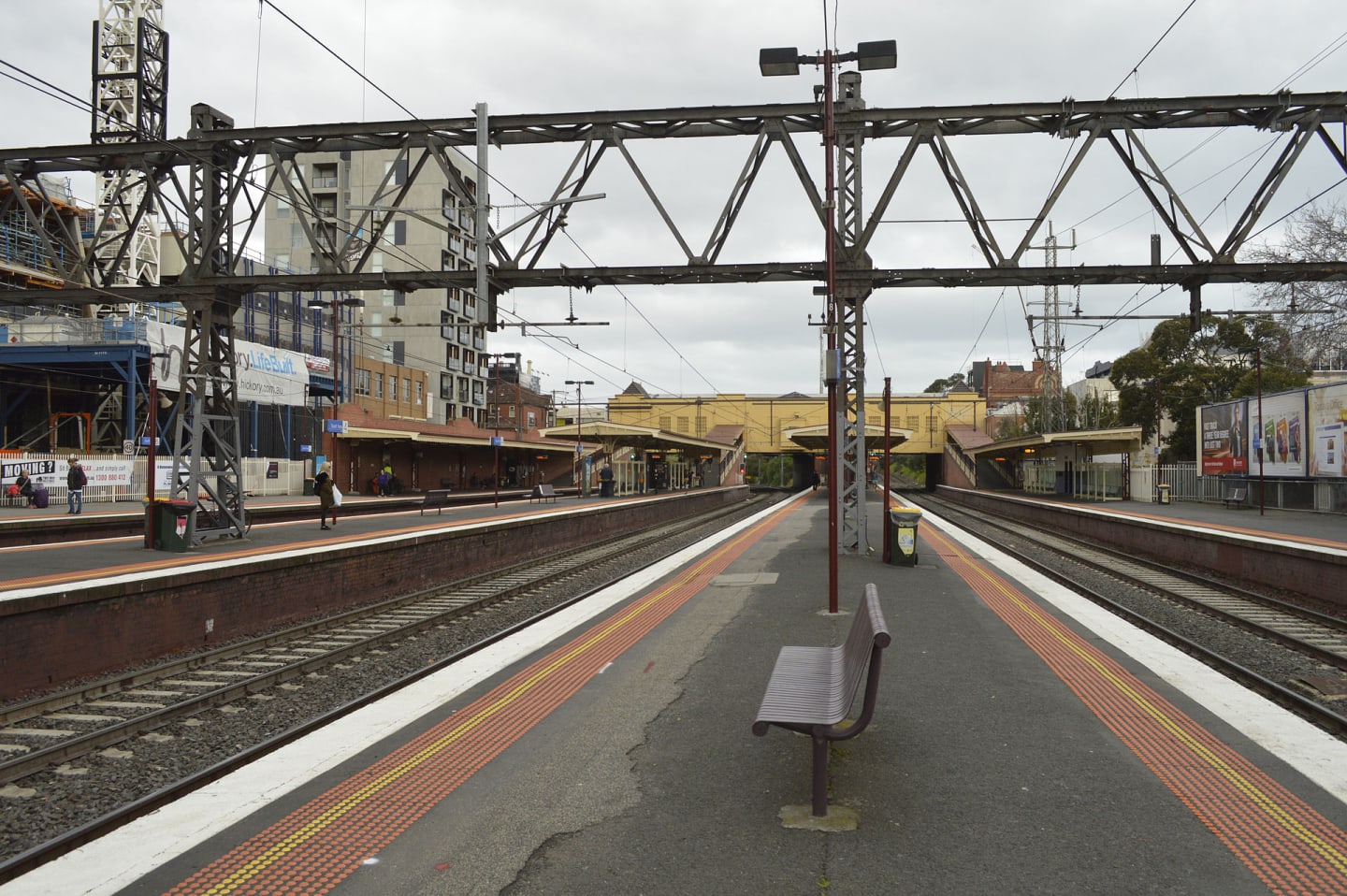Comment: South Yarra platforms for Melbourne Metro Rail ruled out
The Minister for Public Transport, Jacinta Allan, has announced that South Yarra station will not receive extra underground platforms as part of the Melbourne Metro Rail (MMR) project owing to costs ranging from $700 million up to $970 million under differing scenarios.
The media release distributed on Friday morning cites a cost-benefit ratio of between 0.20 and 0.33 and thus deems the overall outcome as being "very poor". A ratio of less than 1 means net public benefits are lower than the amount paid to build the infrastructure.
The MMR tunnel is to run from South Kensington through Arden, Parkville, the CBD, Domain interchange and join the existing Caulfield group of lines to the south of South Yarra station and one option for an expanded South Yarra station was to locate the underground platforms 200 metres away which attracted a price tag of $700 million.
The Minister's media release further states that in the above scenario 100 properties would need to be removed in order for the station to be built.
Under another scenario, building underground platforms closer to the existing station, the price tag rises to just shy of a billion dollars and would have required the removal of 82 homes and half of the Jam Factory.
Comment
So there we have it: a price on expanding South Yarra station from 6 platforms to 8. In the most ideal scenario of locating the new platforms closer to the existing station it would cost upwards of $1 billion. Fair game, I wouldn't want to argue that price is justified either.
The focus on how passengers are going to change between lines now shifts further down the line to Caulfield, a station which hasn't rated much mention in discussion around the MMR project or the level-crossing removal program for the Dandenong line.
Assuming the current stopping pattern for all Pakenham / Cranbourne line trains will remain in place once the MMR project is complete - that is Malvern, Armadale, Toorak and Hawksburn won't see Pakenham/Cranbourne trains stop there - the focus for transfers with the Frankston line centres on Caulfield station.
The first concern for Caulfield, given it's future prominence being enhanced with the completion of the MMR project, is how well the station's ramps comply with accessible public transport standards. If memory serves correctly Caulfield has been highlighted as a concern for accessibility compliance in the past. Likewise the pedestrian subway located underneath the tracks immediately to the west of the station platforms has a train speed restriction.
Furthermore as anyone who frequently uses the Pakenham / Cranbourne Line will be aware of, as trains pull into and out of Caulfield station, the convoluted track layout which forms a complex junction between the Dandenong and Frankston corridors to the east of the station, coupled with curved platforms and an ageing pedestrian subway mandate that trains slow down at a greater distance from the station than what would otherwise be necessary if the rail infrastructure was streamlined.
All in all, despite the disappointment that South Yarra station will not be a full interchange between lines, the costs cited are a significant benchmark and are likely to be used in the years to come if and when new rail lines are proposed across dense inner city areas where roads are narrow and property acquisition requirements go through the roof.
In today's piece by Adam Carey in The Age, he notes that the 5 new stations are to be built with capacity increases in mind; each station will have 230 plus metre platforms which could fit 9 car trains in future (Melbourne trains currently run in 6 car configurations) and this is reported to be the primary reason why building two new platforms at South Yarra is uneconomical.
The needs of the many outweigh the needs of the few in this case and after seeing the South Yarra station numbers it's time this was put to bed.
Expansion of our rail network - like the Clifton Hill-Fishermans Bend tunnel from the 2013 PTV heavy rail plan - is going to be prohibitively expensive if Government insists on total system inter-operability; not to mention we'd fail to take full advantage of the innovation that has been proven in cities around the world when it comes to building new transit lines.
Media release in full:
Lead image credit: Wikipedia.
